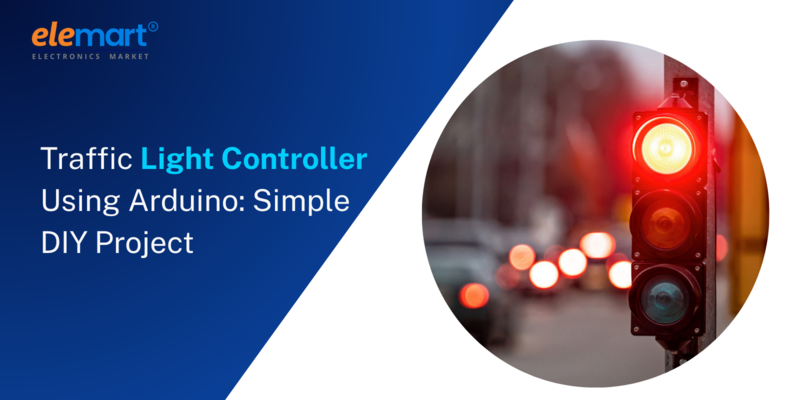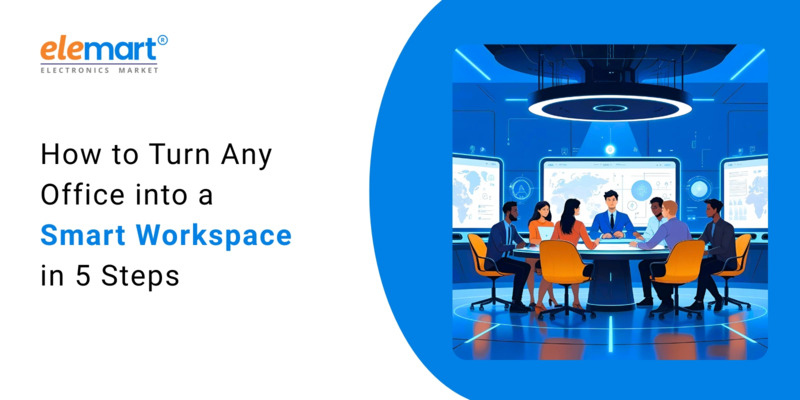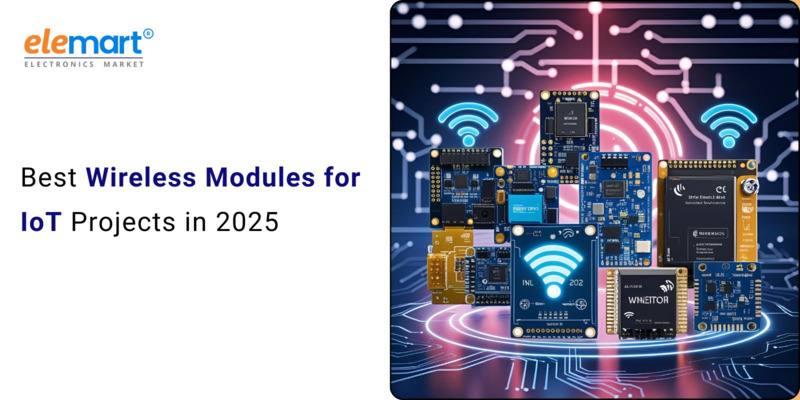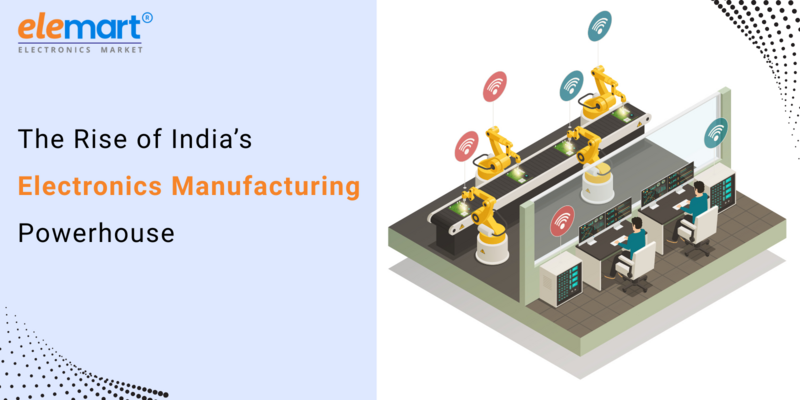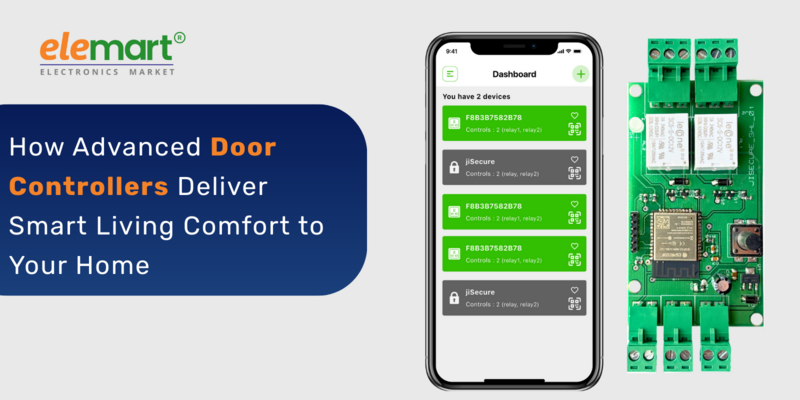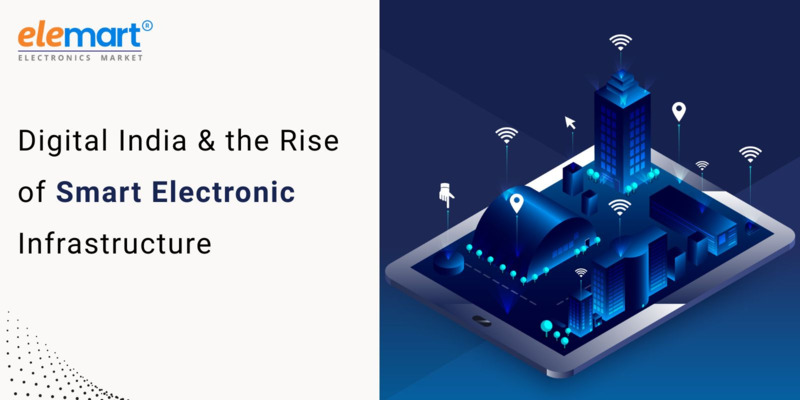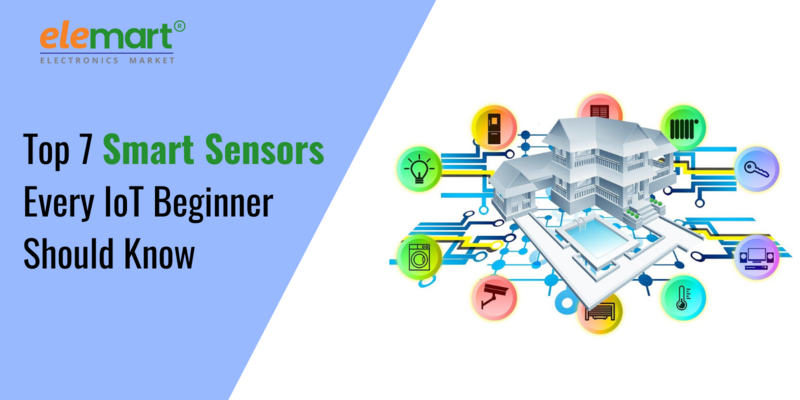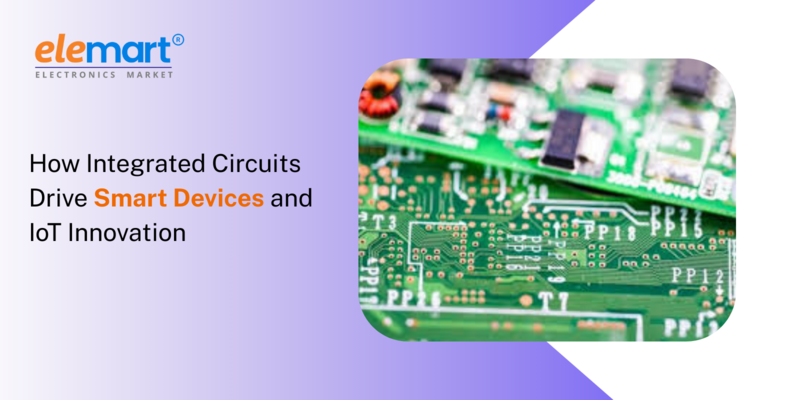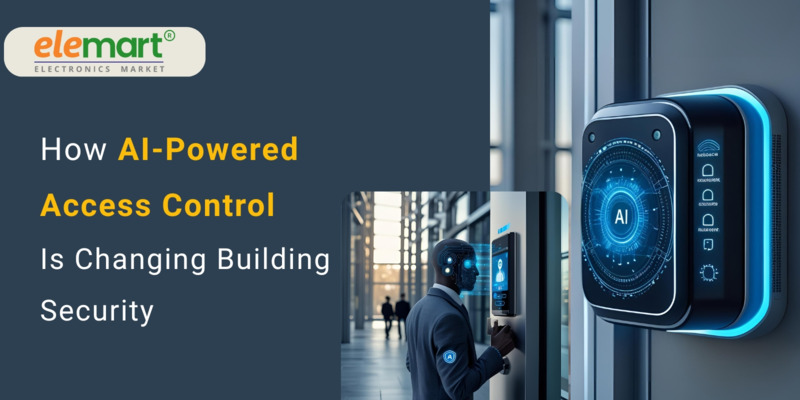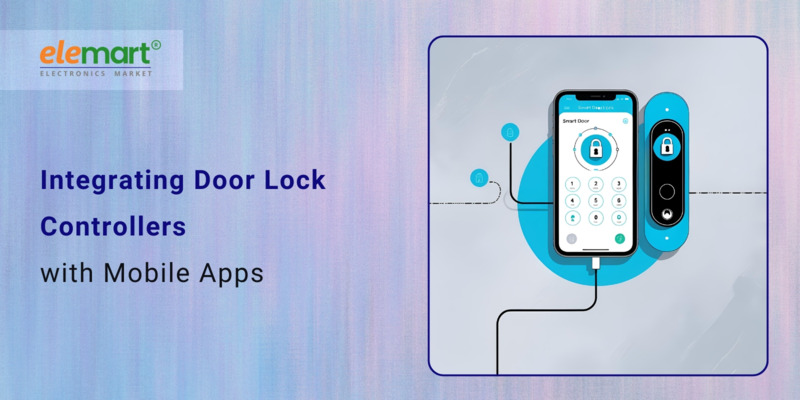- Jun 13, 2025
Share this post on:

The modern home is increasingly about convenience, efficiency, and personalization. We've embraced smart thermostats, smart speakers, and smart lighting. But what if you could take that smartness a level deeper? What if you could orchestrate all your electrical circuits from a single, intuitive interface? Enter the smart switchboard controller – your gateway to a truly interconnected and intelligent home.
What is a Smart Switchboard Controller?
Traditionally, your home's electrical circuits are managed by a standard switchboard, a panel filled with circuit breakers. A smart switchboard controller essentially replaces or augments this traditional setup. It’s a device that connects to your existing circuit breakers and allows you to remotely monitor and control them via a smartphone app, voice commands, or even automated schedules. Think of it as a central command center for your home's electricity.
Unlike individual smart switches that control individual lights or appliances, a smart switchboard controller manages entire circuits. This provides a broader scope of control and opens up possibilities for energy management, security, and convenience you wouldn't otherwise have.
Why Upgrade? The Benefits of a Smart Switchboard Controller
The advantages of incorporating a smart switchboard controller into your home are significant and extend far beyond simple convenience. Let's break them down:
- Remote Control & Monitoring: The most obvious benefit. Whether you’ve left a light on accidentally, want to turn off an appliance remotely, or need to ensure a specific circuit is active for security purposes, you have complete control from anywhere with an internet connection.
- Energy Savings: Smart switchboard controllers provide granular energy monitoring. You can see how much power each circuit is consuming in real-time, identify energy-hogging appliances or circuits, and adjust usage patterns to reduce your electricity bill. Many systems allow for automated energy-saving schedules, like turning off circuits when you's away or during peak hours.
- Enhanced Security: Imagine being alerted when a circuit associated with your garage door is unexpectedly activated while you're away. Smart switchboard controllers can provide valuable insights into unusual electrical activity, potentially indicating a security breach or equipment malfunction. You can remotely turn off circuits to cut power to suspicious areas.
- Convenience & Automation: Automate your lighting based on time of day, occupancy, or even weather conditions. Create scenes that trigger multiple circuits with a single command – "Movie Night" could dim the lights, activate the sound system, and turn on the fireplace (if you have electric fireplace).
- Improved Safety: Some systems offer circuit overload protection, automatically tripping breakers if they detect excessive current draw, preventing potential fire hazards. They can also alert you to potential electrical faults.
- Data & Insights: Collect valuable data on your energy consumption habits. This information can be used to optimize your energy usage and identify areas for improvement.
- Increased Home Value: A smart, connected home is increasingly desirable. Upgrading your switchboard with a smart controller can be a valuable selling point.
Considerations Before You Dive In
- Compatibility: Not all smart switchboard controllers are compatible with all switchboard types. Research carefully to ensure compatibility with your existing breakers and panel. Some older panels may need modifications.
- Electrical Panel Capacity: Make sure your electrical panel has enough capacity to handle the additional load of the smart controller and any increased energy consumption from connected devices.
- Wiring & Installation: Installation often requires electrical work, which can be complex and potentially dangerous. Unless you’re a qualified electrician, hire a professional. Incorrect installation can lead to electrical hazards and damage to your home.
- Cost: Smart switchboard controllers range in price, from relatively affordable DIY kits to expensive, professionally installed systems. Factor in the cost of the controller itself, installation fees, and any necessary electrical modifications.
- Complexity: While many systems are designed to be user-friendly, setting up and configuring a smart switch board controller can be more complex than installing a single smart switch.
- Network Dependency: These systems rely on a stable internet connection. A power outage or internet disruption will limit functionality. Consider a backup power solution (UPS) for critical circuits.
- Security: As with any connected device, security is paramount. Choose a reputable brand with strong security protocols and keep your firmware updated to protect against vulnerabilities.
- Local Electrical Codes: Ensure the installation complies with all local electrical codes and regulations.
Types of Smart Switchboard Controllers
The market offers several types of controllers, each with its pros and cons:
- Direct Connection Controllers: These connect directly to your existing circuit breakers, essentially acting as a smart interface. They are generally more affordable but may offer fewer advanced features.
- Relay-Based Controllers: These use relays to control the power to individual circuits. They offer greater flexibility and can be used with a wider range of switchboard types.
- Whole-Home Energy Management Systems: These are more comprehensive systems that integrate smart switchboard control with other smart home devices, such as thermostats and lighting.
- DIY Kits vs. Professional Installation: DIY kits offer a more budget-friendly option but require more technical expertise. Professional installation ensures proper installation and safety.
Installation: A Word of Caution
DO NOT ATTEMPT ELECTRICAL WORK UNLESS YOU ARE A QUALIFIED ELECTRICIAN.
The process typically involves:
- Disconnecting Power: Turn off the main breaker to your electrical panel.
- Mounting the Controller: Secure the controller to the panel.
- Wiring Connections: Connect the controller to each circuit breaker. This is the most critical and potentially dangerous step.
- Connecting to Wi-Fi: Connect the controller to your home’s Wi-Fi network.
- App Configuration: Use the manufacturer’s app to configure the controller and connect it to your smart home ecosystem.
Future Trends in Smart Switchboard Control
The technology is rapidly evolving. Expect to see:
- Integration with AI: AI-powered systems will learn your energy usage patterns and automatically optimize settings for maximum efficiency and comfort.
- Improved Cybersecurity: Manufacturers will continue to enhance security protocols to protect against cyber threats.
- Wireless Technology: Expect to see increased adoption of wireless communication protocols to simplify installation and reduce wiring complexity.
- Voice Control Integration: Seamless integration with voice assistants like Alexa and Google Assistant will become even more prevalent.
- Predictive Maintenance: Systems will be able to predict potential equipment failures and alert you to maintenance needs.
- Dynamic Load Balancing: The ability to automatically shift loads between circuits to optimize energy usage and prevent overloads.
Troubleshooting Common Issues
- Controller Not Connecting to Wi-Fi: Double-check your Wi-Fi password and ensure your router is functioning properly. Move the controller closer to the router if the signal is weak.
- Circuit Not Responding: Verify that the circuit breaker is in the “on” position. Check the wiring connections to the circuit breaker.
- App Errors: Update the app to the latest version. Contact the manufacturer's support team for assistance.
- Power Outages: Smart functions will be unavailable without power or internet. Consider a UPS for essential circuits.
Conclusion: Taking Control of Your Energy Future
Upgrading your home with a smart switchboard controller is a significant investment, but one that can yield substantial returns in terms of energy savings, convenience, and security. By understanding the considerations, choosing the right system, and ensuring proper installation, you can transform your home into a truly intelligent and connected living space. It’s about more than just turning lights on and off – it’s about taking control of your energy future.
